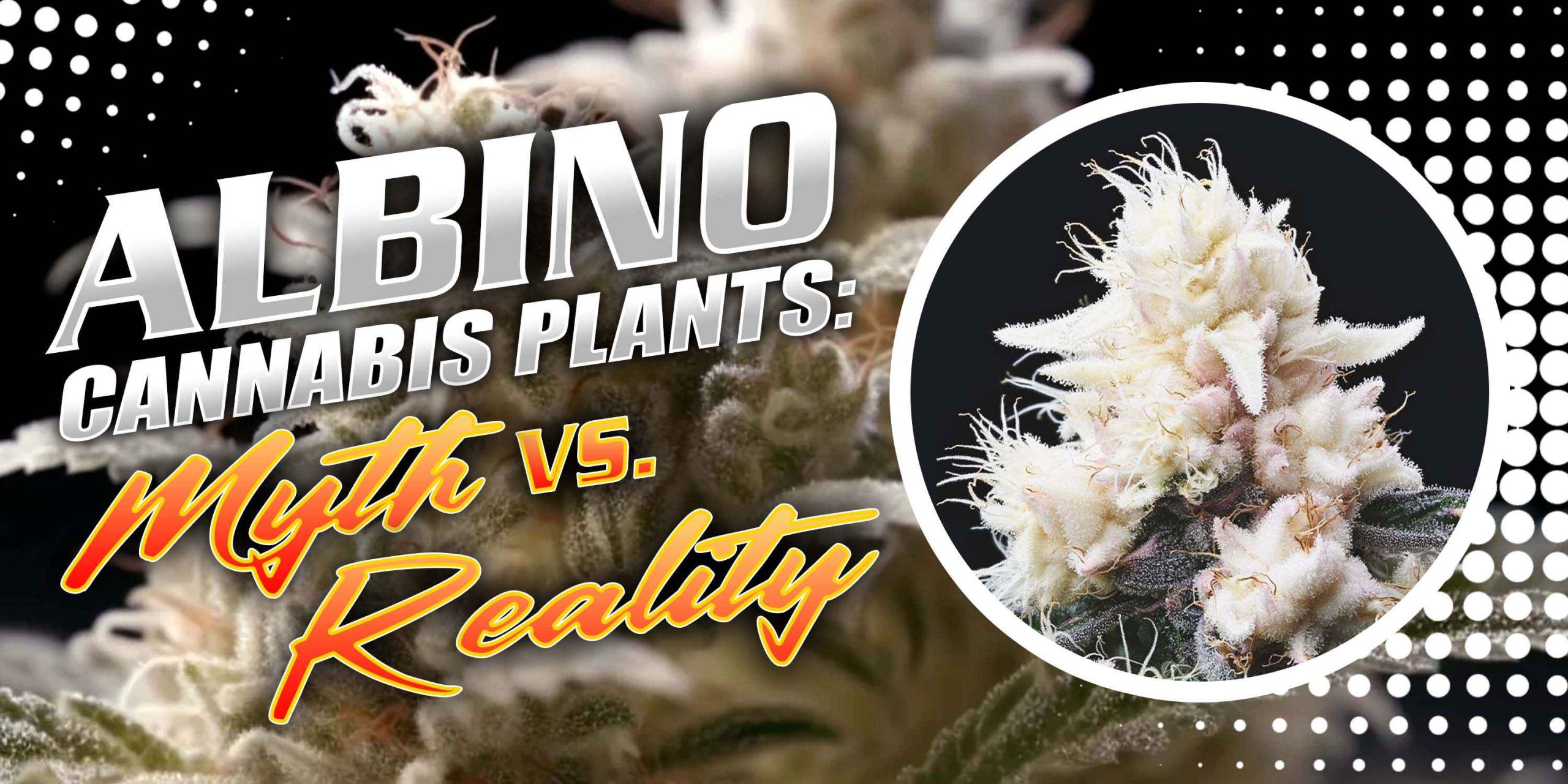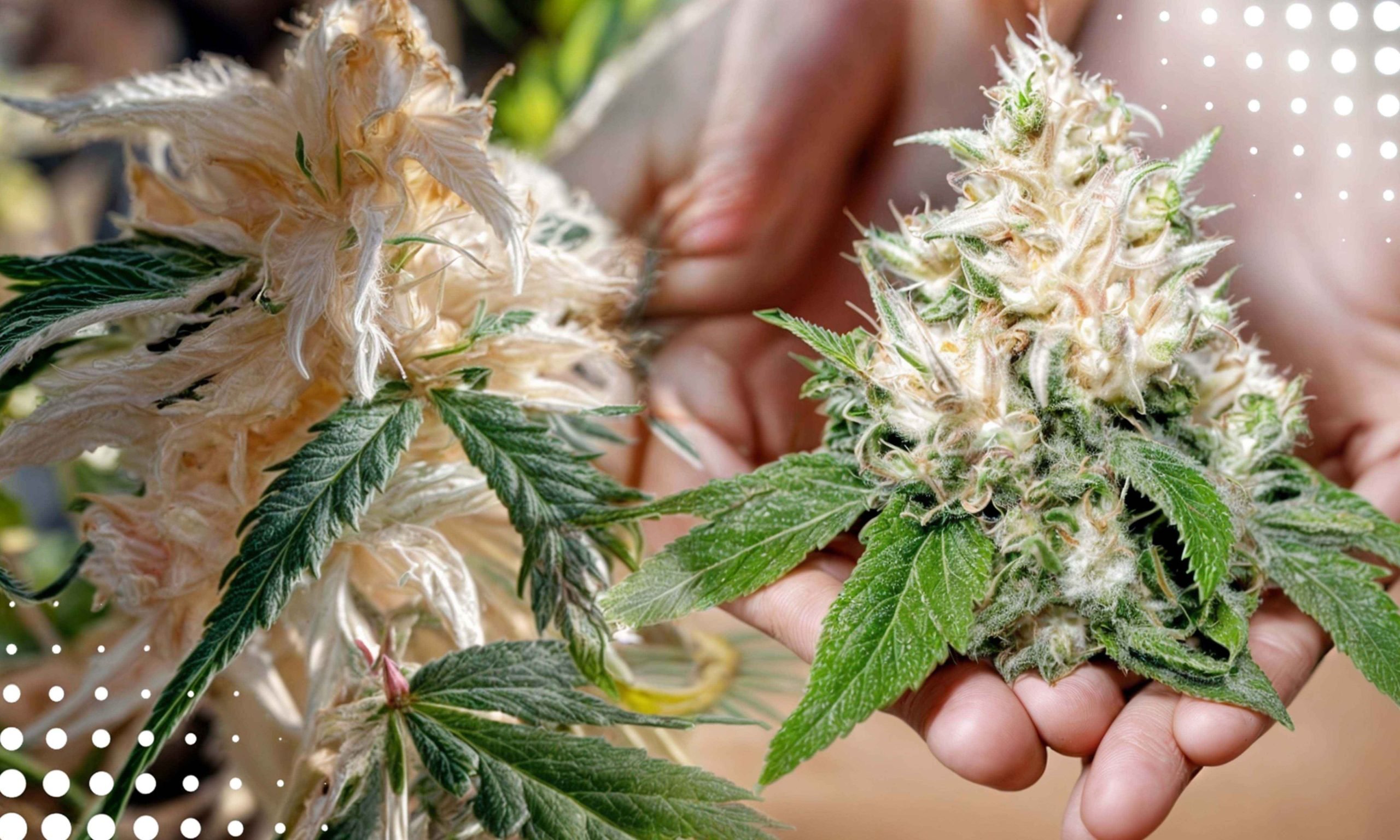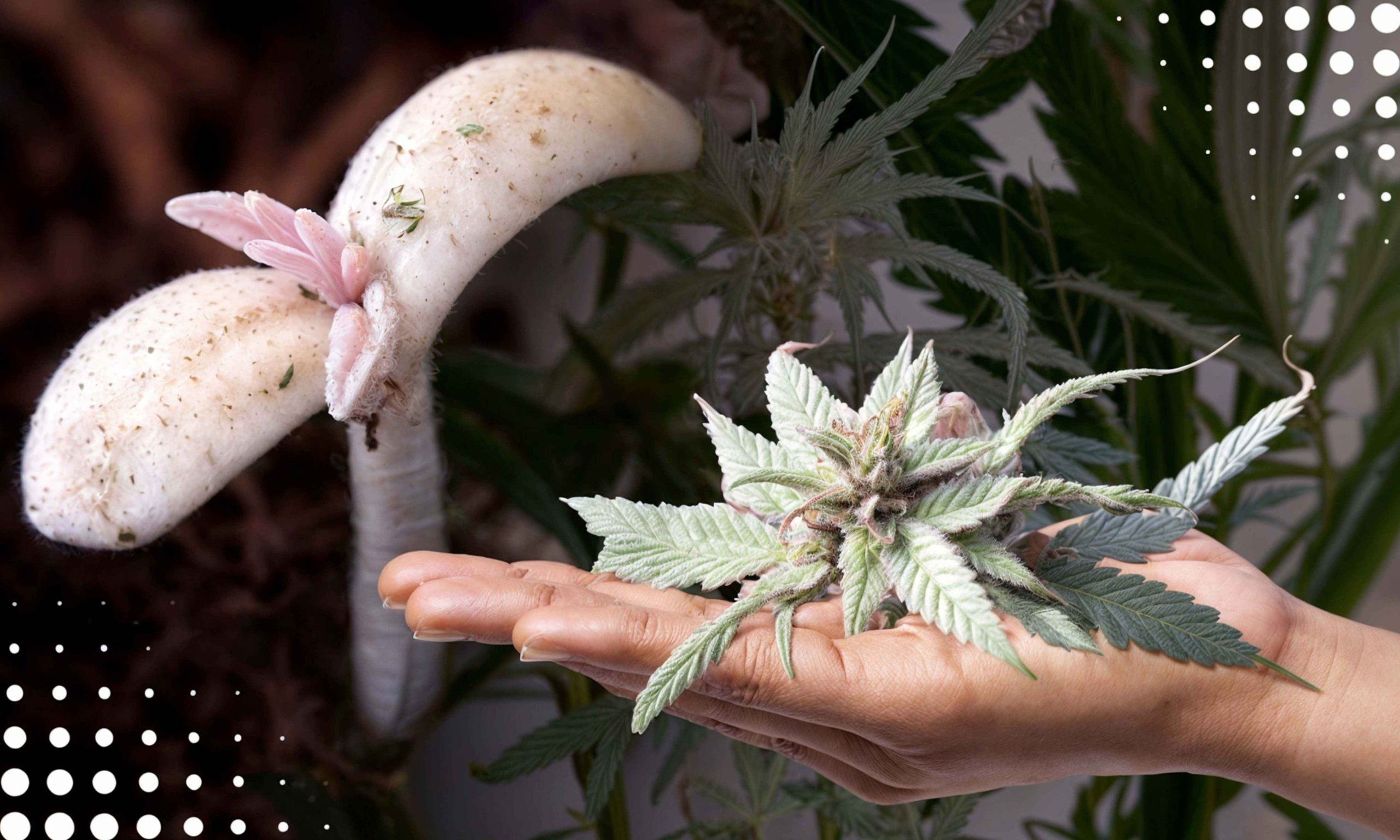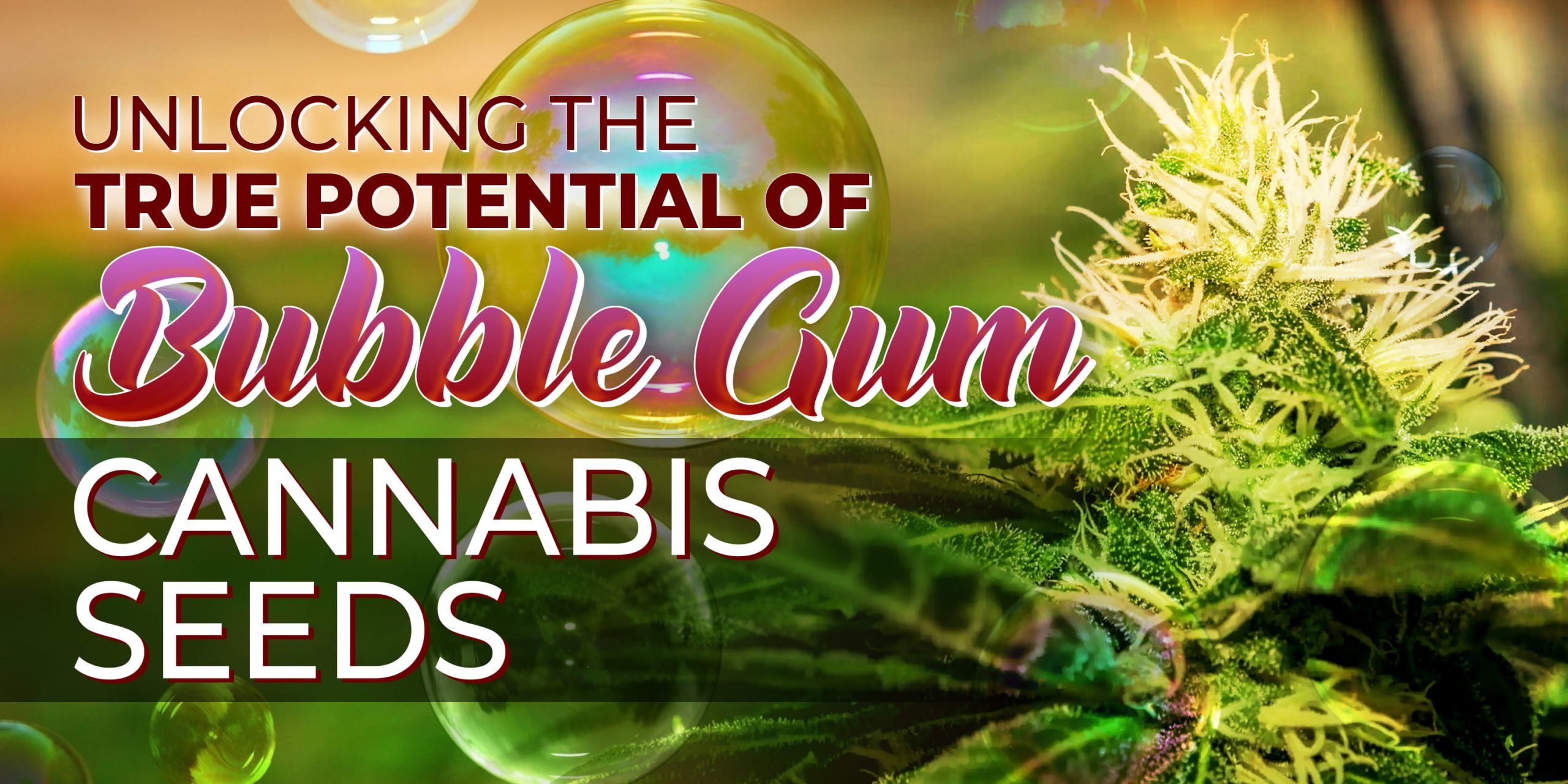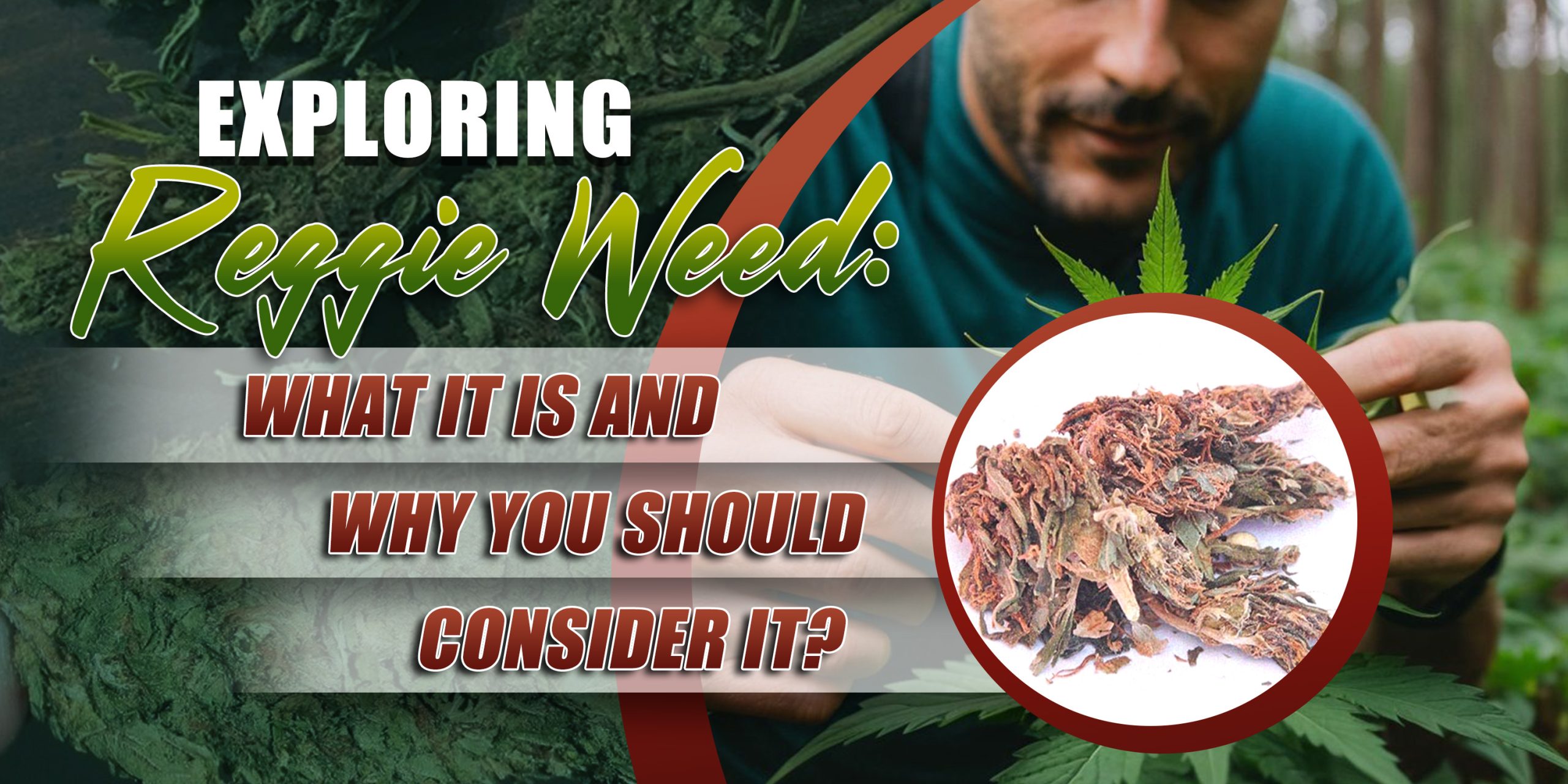Albino cannabis plants, commonly known as “white weed,” stand out in the world of cannabis growing. These plants are rare and don’t have the usual green color because they lack chlorophyll, which gives most plants their green hue. Growers and fans have been fascinated by these unique plants for a long time due to their unusual appearance and genetic makeup. However, understanding albino cannabis requires a detailed look beyond common misconceptions. To grasp these plants’ intricacies, we need to explore their biology and how they’re grown with a careful eye for detail.
What Are Albino Cannabis Plants?
Albino cannabis plants represent a genetic anomaly characterized by the absence of chlorophyll, the pigment responsible for the green coloration in plants. This absence results in a distinctive white or pale yellow appearance throughout the plant’s lifecycle, setting them apart from their green counterparts. While the term “albino” typically evokes images of pure whiteness, it’s essential to note that albino cannabis plants may exhibit varying degrees of pigmentation, ranging from stark white to subtle shades of yellow or light green.
Myths Surrounding Albino Cannabis
Myth: Albino Cannabis Plants Are Completely White
Contrary to popular belief, not all albino cannabis plants are entirely devoid of color. While some specimens may indeed appear predominantly white, others may display hues of pale yellow or light green due to the presence of other pigments. This variability in coloration underscores the genetic diversity inherent in albino cannabis plants and highlights the need for a nuanced understanding of their biology.
Myth: Albino Cannabis Plants Cannot Survive
While it’s true that albino cannabis plants face significant challenges due to their inability to photosynthesize effectively, they are not necessarily doomed to perish. With careful cultivation techniques and meticulous attention to their unique needs, albino marijuana plants can survive and even thrive under controlled conditions. By providing supplemental nutrients and managing light exposure, growers can help mitigate the effects of albinism and support the plant’s growth and development.
Myth: Albino Cannabis Plants Produce Inferior Bud
There is a common misconception that albino cannabis plants produce inferior-quality buds compared to their green counterparts. However, this notion is unfounded, as the cannabinoid and terpene profiles of white weed plants can be just as potent and flavorful when grown under optimal conditions. While it’s true that albino plants may yield smaller quantities of bud, the quality of the harvest is not inherently compromised. By prioritizing the plant’s health and addressing its unique requirements, growers can cultivate albino cannabis with exceptional aroma, potency, and overall quality.
Cultivating Albino Cannabis: Key Considerations
Light Exposure
Given their inability to photosynthesize efficiently, albino cannabis plants require careful management of light exposure to prevent leaf burn and promote healthy growth. Providing indirect or diffused light helps ensure that the plants receive adequate energy while minimizing the risk of damage to their delicate foliage. Growers may opt for supplemental lighting solutions such as LED grow lights with adjustable intensity and spectrum to create an optimal environment for albino cannabis cultivation.
Nutrient Uptake
Albino marijuana plants may struggle with nutrient uptake due to their lack of chlorophyll, which plays a crucial role in nutrient absorption. To address this challenge, growers can supplement their feeding regimen with micronutrients such as iron and magnesium, which are essential for supporting vital metabolic processes in the absence of chlorophyll. Additionally, incorporating organic amendments and microbial inoculants into the soil can enhance nutrient availability and promote overall plant health, ensuring robust growth and development.
Environmental Control
Maintaining stable environmental conditions is paramount to the success of albino cannabis cultivation. Sudden fluctuations in temperature, humidity, or airflow can stress the plants and impede their ability to thrive. Growers should invest in climate control systems such as heaters, air conditioners, and dehumidifiers to create a consistent and conducive growing environment. Additionally, implementing proper ventilation and air circulation measures helps prevent the buildup of moisture and minimize the risk of mold and other pathogens, safeguarding the health and vitality of albino weed strains.
The Future of Albino Cannabis Research
Despite being rare and having their own set of challenges, albino cannabis plants continue to catch the interest of researchers and breeders alike. This curiosity has led to the exploration of new paths and ideas in the field. Researchers are currently working on understanding the genetic makeup of albino cannabis plants, particularly the mechanisms behind their lack of pigment and how this affects their appearance and growth. By using the latest advancements in genetics and biotechnology, scientists hope to fully realize the potential of albino cannabis in various fields, including medicine, therapy, and industry.
Conclusion
Albino cannabis plants, with their mesmerizing appearance and intriguing biology, offer a compelling subject for exploration and study. By dispelling common myths and shedding light on key considerations for cultivation, we aim to empower growers and enthusiasts to embrace the unique challenges and rewards of cultivating albino marijuana. As research continues to advance, the future holds promise for unlocking the untapped potential of albino cannabis and harnessing its genetic diversity for the betterment of the cannabis industry and beyond.
FAQs
1. Are albino cannabis plants safe to consume?
Yes, albino cannabis plants are safe to consume, provided they are grown in controlled conditions and harvested properly. However, their potency and effects may vary compared to traditional green cannabis varieties.
2. Can albino cannabis plants be crossbred with other strains?
Yes, albino cannabis plants can be crossbred with other strains to introduce unique genetic traits. However, breeding albino cannabis requires careful selection and breeding techniques due to its rare and delicate nature.
3. Do albino cannabis plants require special care compared to green cannabis?
Yes, albino cannabis plants require special care due to their lack of chlorophyll, which affects their ability to photosynthesize and absorb nutrients. Providing supplemental light and nutrients tailored to their needs is essential for their health and growth.
4. Can albino cannabis plants revert to green under certain conditions?
While rare, there have been cases where albino cannabis plants temporarily revert to producing chlorophyll and exhibit green foliage. However, this phenomenon is typically transient and does not alter the plant’s underlying genetic makeup.
5. Are albino cannabis plants legal to grow and possess?
The legality of growing and possessing albino cannabis plants varies depending on local regulations and jurisdictions. It’s important to research and comply with applicable laws and regulations before cultivating or possessing albino cannabis.





